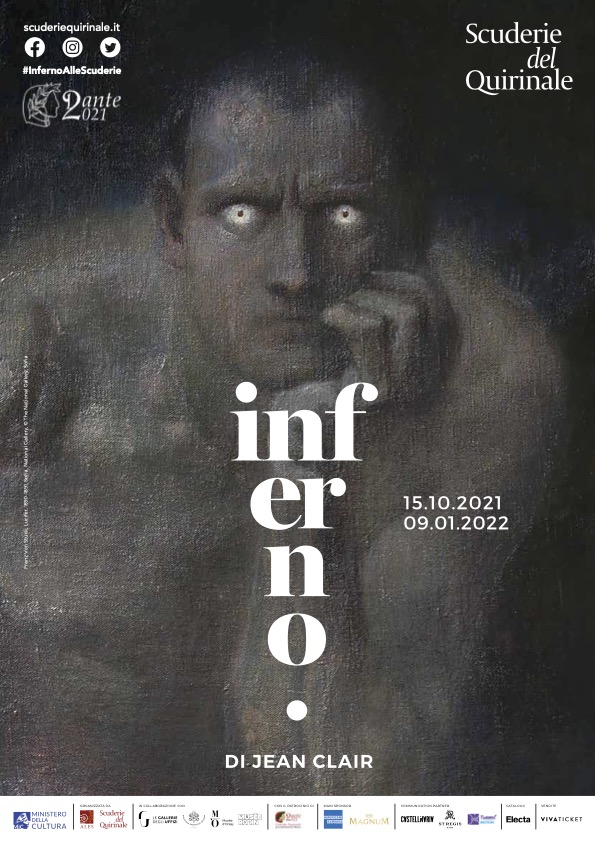The Gates of Hell
Auguste Rodin The Gates of Hell, 1889-1917 Paris, Musée Rodin
The monumental Gates of Hell exhibited here is a plaster cast of the original, on which Auguste Rodin worked from 1880 until his death. Of the more than two hundred sculptural groups that decorate it, only a few individual figures were cast in bronze by the artist. The structure as a whole was finally completed in 1917, shortly after his death.
Although clearly inspired by the gateway to the Underworld that Dante describes at the beginning of canto III, Rodin's work should not be understood as a literal illustration of the Comedy.
The sculptor used to take visual notes while reading the Inferno. They are the so-called and numerous "black drawings". They show that Rodin intended to interpret Dante's themes, following, though, his own "imagination, [his] own sense of [...] composition".
Chloé Ariot and François Blanchetière distinguish in their essay the oldest layer of the Gates, adhering to Dante's narration, from those that overlap it over the years and that also draw on other sources of inspiration. The most important of these is undoubtedly the poem by Charles Baudelaire, Les Fleurs du mal.
Rodin initially planned to sculpt the doors of the Gates according to a classic panel structure, along the lines of Lorenzo Ghiberti's Gates of Paradise. The organisation of the scenes should have followed step by step the stages of Dante's journey. The Thinker in the centre of the tympanum should have represented not Dante, but Minos, the infernal judge who assigns the souls to the circle corresponding to their sins.
Soon, however, the master moved towards a composition less tied to the fourteenth-century text. The lower part of the doors welcomes two large sculptural groups: on the left Paolo and Francesca embracing, and on the right Ugolino with the body of one of his children on his knee. The group of Shadows, which crowns the monument, according to the accounts of the time would be the personification of the terrible inscription that welcomes Dante at the beginning of canto III: "abandon all hope ye who enter here".
Over the years, influenced by the writings of Baudelaire, Rodin gradually modifies the composition, manifesting a new sensuality that makes the characters less the victims of infernal punishments and more the source of carnal temptation for we who observe them. Hell itself becomes less concrete, less prosaic and more symbolic; it is no longer a real place, but exists within every human being. Perhaps for this reason, the Gates of Hell do not open.



